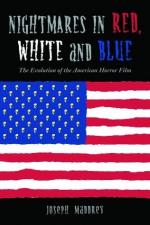|
This section contains 379 words (approx. 2 pages at 300 words per page) |

|
The variety of music that was introduced to Americans during the Depression (1929–41) continued to evolve during the 1940s. Blues became electrified and transformed into rhythm and blues (R&B), boogie-woogie, and what became known as "jump blues," laying the foundations for the emergence of rock and roll in the coming decades. Blues music was now easily and cheaply recorded on new magnetic tape recorders. Another new musical style called "bebop" developed in jazz dance clubs in Manhattan and Chicago. Bebop offered talented musicians, such as trumpet players Dizzy Gillespie (1917–1993) and young Miles Davis (1926–1991) and piano player Thelonious Monk (1917–1982) a chance to shine. There was room in bebop for improvisation (spontaneous music-making) in the songs.
As part of the New Deal program to give people work, government researchers paid by the New Deal sought and recorded the folk music of America. The folk and hillbilly...
|
This section contains 379 words (approx. 2 pages at 300 words per page) |

|



